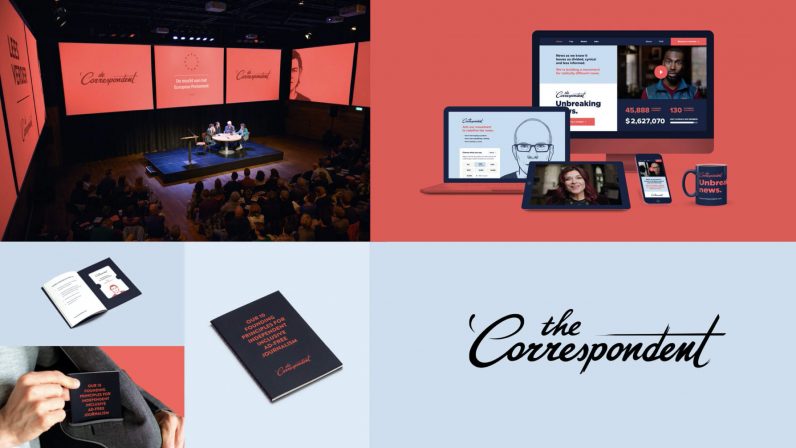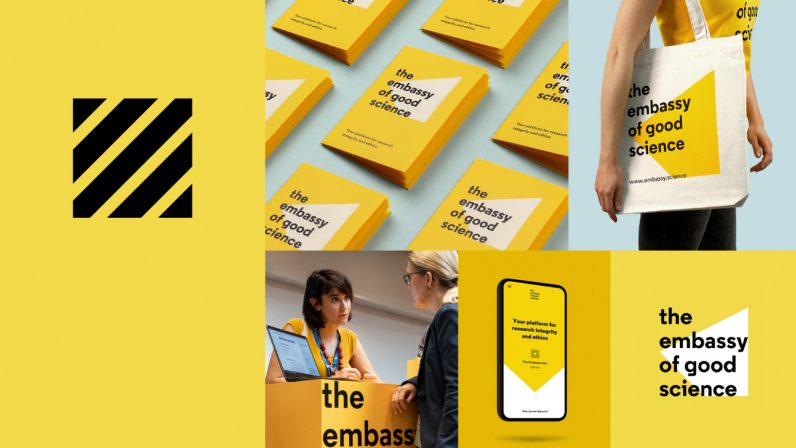#Forget ‘users’ and focus on the 7 steps to make organizations ‘memberful’

Table of Contents
“#Forget ‘users’ and focus on the 7 steps to make organizations ‘memberful’”
As a digital designer, I have become obsessed with this user experience: how individuals connect with organizations online, but also in the real world, and how the nature of this experience — this relationship — is often key to an organization’s sustainability.
The relationship between you and your customers acquires real depth in the business model of memberships, where the user doesn’t only value the product, but also believes in the cause and supports it in ways beyond giving money. Unlike “users,” members stay with you far beyond the lifecycle of a normal user experience, so it pays off to obsess over the “member experience.”
[Read: Throw out your shitty to-do list — here’s what to do instead]
Let me explain the difference between users and members, and the seven steps your organization can take to become more “memberful.”

The best route to a sustainable organization
At Momkai, the strategic design agency that I founded 18 years ago, my team and I have helped founders and changemakers to transform their branding, digital products, and launch events.
Through our projects, especially in our recent collaboration with New York University and professor Jay Rosen’s Membership Puzzle Project, we’ve learned that it’s “memberful” initiatives which lead to the richest user experiences, and provide the best route to sustainability for organizations in our constantly changing world.
“Successful membership organizations are empathetic and open to learning about what their members actually want. They connect individuals’ passions to a shared larger purpose, getting the ratio right between the person and the group.”
Emily Goligoski, former research director at the Membership Puzzle Project, and senior director for audience research at The Atlantic.
If you embrace the success of the membership model you can follow the route of media companies like The Guardian or startups like ad-free journalism platform The Correspondent to build a loyal base of engaged members that contribute time, network, and knowledge in pursuit of your shared purpose.
Designing great user experiences has always been at the heart of my work and Momkai’s, but the word “user” — reminding me of Silicon Valley’s darker side, and putting growth above all else — has come to feel increasingly inappropriate for what I want to achieve.
Instead, the word “member” feels right for the type of projects we support. The Membership Puzzle Project says being a member is a type of “social contract” where your relationship with an organization goes beyond the transactional.
Sure, you might give money to that organization or cause, but you also stand behind its mission based on shared values, and become a part of the community that surrounds it.
Therefore, members serve as a constant reminder for organizations to work according to the missions that they’ve laid out. A two-way relationship like that calls for new brands and platforms that focus on delivering a meaningful membership experience.
Designing a memberful brand: from an identity based on clear founding principles to digital platforms and events

This isn’t just a theory or a load of buzzwords: my team has already excelled helping clients from around the globe with memberful initiatives.
We’ve helped The Correspondent build a member community in over 130 countries from scratch; united the 1.2 million members that make up the Royal Dutch Football Association; empowered scientific communities throughout Europe with new initiatives for the Embassy of Good Science and Imperial College London; developed memberful strategies in the US for the world’s largest network of responsible land use experts, and helped to launch Tokyo-based journalism startup Renews this summer.
Now this isn’t just meant to toot my own horn, all these initiatives show the value you can obtain when you start focusing on members rather than users.

The member platforms and experiences we design are guided by my philosophy of cultivating calm. Since members are your strongest supporters, they are willing to grant their attention to you, as long as you don’t abuse it. As Jay Rosen explains on The Daily Show, this approach is the opposite of an attention-grabbing ethic. Attention is not being sold to a third party, as would be the case with an advertising model.
Therefore, we can be fully focused on creating online spaces of calm — so that only the content can drive your members to distraction.

So how do you know if your organization can be memberful?
Meaningful memberships are built on the following repeat principle: locate your strongest supporters and learn how to appeal to them for support. That means that in order to become memberful, you need to have a loyal following in the first place, no matter how big or small. This usually means repeat visitors, not traffic (as explained in NYU’s guide).
Once you meet that first requirement, our experience tells us there are seven elements to a meaningful member experience:
1. Members understand your mission
Those interacting with your organization feel a strong sense of shared responsibility, common purpose, or common values. What does your organization stand for and believe in? How is this communicated? Are members able to clearly connect with your cause.
2. Members receive benefits they actually want
Memberful initiatives clearly communicate what people receive in return for their “gift,” whether that gift is their money, time, or knowledge. If I give money, what do I get access to and how often? If I share knowledge, where does this live, who has access to it, and how can it be shared? If I spend time connecting with the community, who will I meet, what network will I build?
3. Members see people at the center of your organization
Your initiative has a human face. Can members clearly see the people behind the project? Are they able to engage with others in their member community?
4. Members receive a calm, cohesive experience
Memberful initiatives use a human-centered design approach. Do you have an interface that cultivates calm? Does its look and feel exude simplicity and aesthetic elegance? Is there a human touch that invites engagement?
5. Members have a seat at the table
The relationship with your members is never top-down. Members’ input is valued and there are clear pathways for them to contribute to and participate in your work. This collective knowledge sharing is a key reason to join the community. How can you invite members to share their valuable knowledge? What platforms would help them to contribute easily and effectively?
6. Members are empowered to become ambassadors
Every new member you have should be viewed as a possible ambassador. Members are supported to share your mission within their own communities, telling your story and acting as ambassadors for your work in the wider world. How can you empower your members to advocate for your cause?
7. Members gain useful insights in story form
Stories are the natural way to process information and emotions in full color, allowing your community to connect with a message more deeply. Do the stories you tell your members contain helpful, practical, and actionable insights? Will they help your members make informed decisions?

Published October 20, 2020 — 11:01 UTC
For forums sites go to Forum.BuradaBiliyorum.Com
If you want to read more like this article, you can visit our Technology category.




